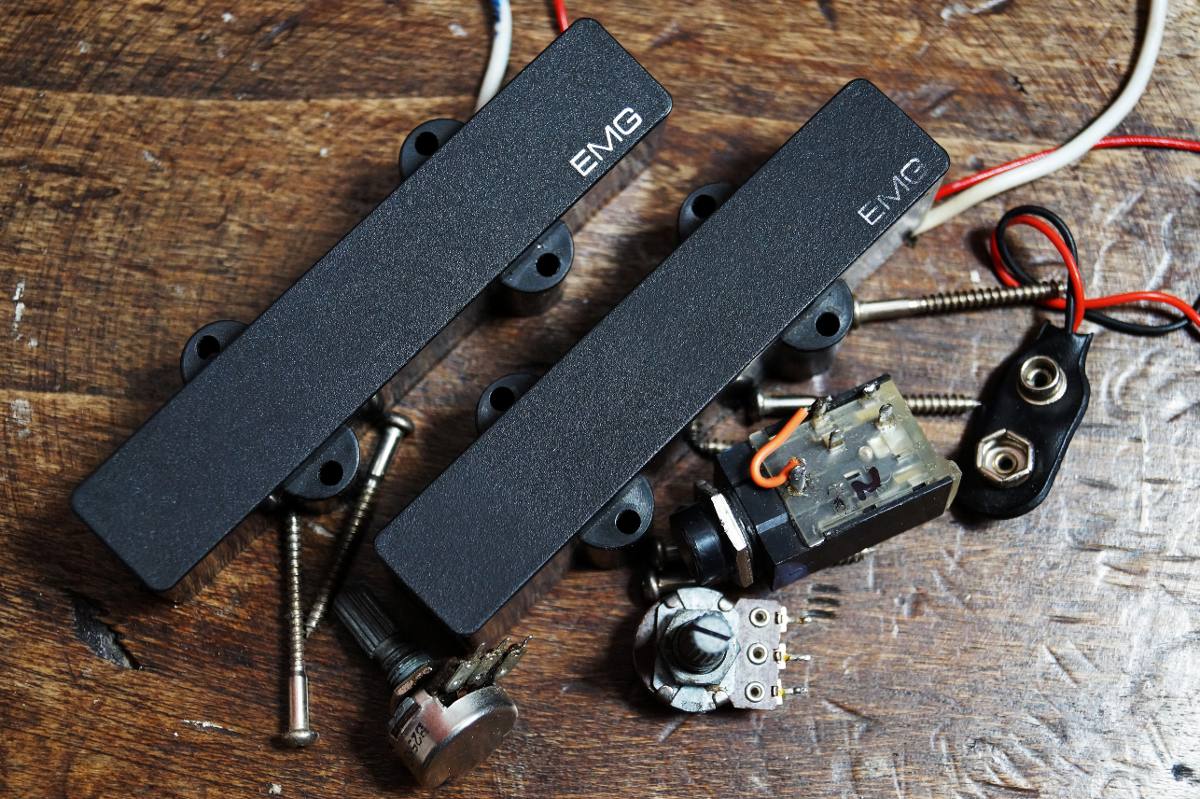


After purchase, the cars make their way to a port in Baltimore, and upon arrival stateside, they are titled in Tennessee and made available for resale. The process is multi-faceted, but in a simplified form, it starts with an auction where his buyers scope out vehicles and capture details on video. They buy cars every day of the week except Sunday and Monday. Gary has a network of trusted buyers in Japan who have a firsthand pulse on the market there. Add to that the vehicles that are in transit or still in Japan, and the total Duncan inventory is about 1,400 vehicles. Between the two, there are about 1,200 vehicles. Duncan Imports took root at that time, and Gary has spent the last seven years amassing large collections of vehicles housed in two different facilities: One is in located Christiansburg, Virginia and another in Nashville, Tennessee. In 2016, that vehicle hit 25 years old and became legal for import to the United States. One of the first Japanese cars that caught Gary’s eye was the 1991 Nissan Figaro. Let’s look at what that business involves. These strategic moves will allow him to focus more on developing the Duncan Imports lines of business. Last September, it was announced that he would be selling his Acura, Audi, and BMW dealerships in Roanoke, Virginia. Recently, Gary decided to narrow his focus a little. The “boomerang” Porsche shows only 32,000 miles on the odometer after all these years. He bought it back from the friend, later sold it at auction, and eventually bought it again a third time. Gary said he is also fond of his yellow Acura NSX, and he mused about a 1987 Porsche 911 that he’s purchased three separate times: He first got the keys in 1988 and later sold it to a friend. One is a green 1974 Karmann Ghia with just 25 miles on the odometer that was purchased from a Volkswagen dealership in the 1980s. Of all the cars that Gary has driven and owned during his lifetime, there are a few that stand out as most meaningful. Things evolved from there when he took on a Honda dealership in the late 1970s. Later, he started working with MG, Fiat, and Lincoln-Mercury. Gary first got connected to the business when he was 19 and ran a Triumph franchise. His father owned dealerships, which explains why Gary likes to tell people he has a Ph.D – which stands for “Papa had a dealership.” Or, in this case, multiple dealerships. About Gary Gary DuncanĪutomotive history runs deep in Gary’s family. The Japanese Classic Car Show and other events provide a clear indication that this movement is here to stay. You better take plenty of time, because you’re going to answer a lot of questions.” JDM cars are rare, affordable, and an investment – as well as being easy conversation-starters. When you roll in with a Nissan Figaro, they have to know what it is. Gary added to that, “You go to cars & coffee, and everyone’s already seen the ’55 Chevys.

Above all else, the exclusivity of having a rare imported car is icing on the cake when you show up at an event in a vehicle that nobody else drives. This Odyssey originated in the Japanese market and featured all-wheel drive, which was a feature that first-generation Odysseys in the United States did not receive. Staying in the Honda realm, consider the recently-featured 1996 Honda Odyssey from a Pick of the Day. For example, the popular two-seat Honda Beat roadster is a three-cylinder “Kei” car that can now be registered and driven in the states but was never available here when new. One key difference is that many Japanese-market cars are right-hand drive.

at all, and others came to North America with revised equipment. What is the appeal of a JDM car over one that was sold in the United States Domestic Market (USDM)? That depends on the make and model in question, but some vehicles were simply never sold in the U.S. And now, thanks to the 25-year import rule in the United States, vehicles that were originally sold in the Japanese Domestic Market (JDM) can now lawfully be imported stateside and registered for highway use. Japanese cars are gaining in collectability, especially examples from the 1980s and 1990s. I caught up with Gary, who pioneered Duncan Imports & Classics, for a Q&A session recently. “If you love Japanese cars, you’ll love the people.” A multi-day visit to Japan in 2017 was the last time he traveled there, but Gary is planning on returning this fall for the Tokyo Motor Show. A key component of that passion is his affinity for Japanese cars and culture. At 70 years old, Gary has spent the last 50 years of his life building an enterprise out of a passion. “This is a dream come true, if you love cars,” Gary Duncan said of his career.


 0 kommentar(er)
0 kommentar(er)
